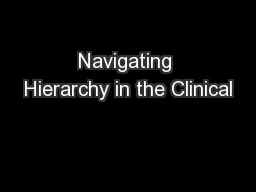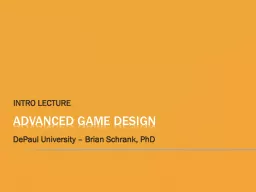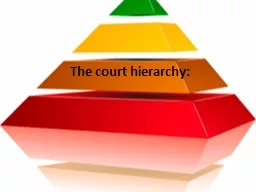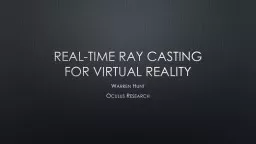PPT-Navigating Hierarchy in the Clinical
Author : marina-yarberry | Published Date : 2016-10-21
Setting Working and Communicating with Others Susan M Hohenhaus LPD RN CEN FAEN Exe cutive Director Emergency Nurses Association 1 Learning Objectives 2 Describe
Presentation Embed Code
Download Presentation
Download Presentation The PPT/PDF document "Navigating Hierarchy in the Clinical" is the property of its rightful owner. Permission is granted to download and print the materials on this website for personal, non-commercial use only, and to display it on your personal computer provided you do not modify the materials and that you retain all copyright notices contained in the materials. By downloading content from our website, you accept the terms of this agreement.
Navigating Hierarchy in the Clinical: Transcript
Download Rules Of Document
"Navigating Hierarchy in the Clinical"The content belongs to its owner. You may download and print it for personal use, without modification, and keep all copyright notices. By downloading, you agree to these terms.
Related Documents














